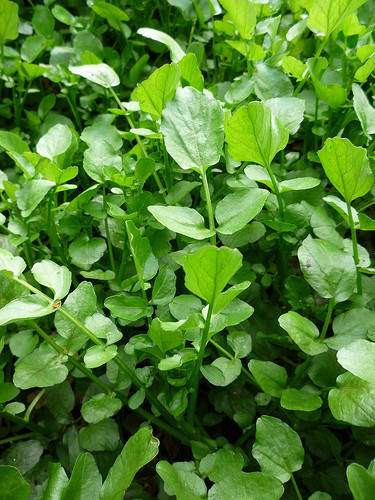A taste of the wild: Watercress
Published 6:15 am Tuesday, January 22, 2019
If you want to experience the taste of a wild fresh vegetable in the dead of winter, give watercress a try. Picked at the right time, it makes a good addition to a salad or as a cooked green.
Look for watercress growing in cold streams and especially spring openings, often growing in dense mats of green floating on the water. The leaves grow off the main stem in multiples of three to nine small, oval leaflets. The entire plant is succulent and has a pungent mustard greens smell. Please note that with any wild plant, be sure to correctly identify it, and eat only a small portion the first time in case of food allergies. Pick watercress from waters you know are not polluted. I only gather it from springs near their underground source.
Watercress is best in the dead of winter, picking the younger leaves and stems. It becomes more bitter when it blooms in springtime (tiny white flower with four petals growing on a stalk out of the water). Treat watercress as you would any cooked green. Wash them thoroughly and cook by steaming or boiling. If they are too bitter for your taste, try boiling them in two changes of water. Cook until leaves are tender.
For salads, pick the tender young terminal leaves, wash and refrigerate until used. Add to a lettuce salad and enjoy the peppery taste and healthy vitamin content. Watercress is high in vitamins A, C and iodine. It has been used in the past as a diuretic, blood purifier, used to treat lethargy, rheumatism, heart trouble, bronchitis, scurvy and goiter. In India a leaf extract is used to correct vitamin deficiency. A good book on wild edible plants is “A Field Guide to Edible Wild Plants” by Lee Peterson.
Steve Roark is a retired area forester from Tazewell, Tennessee.






